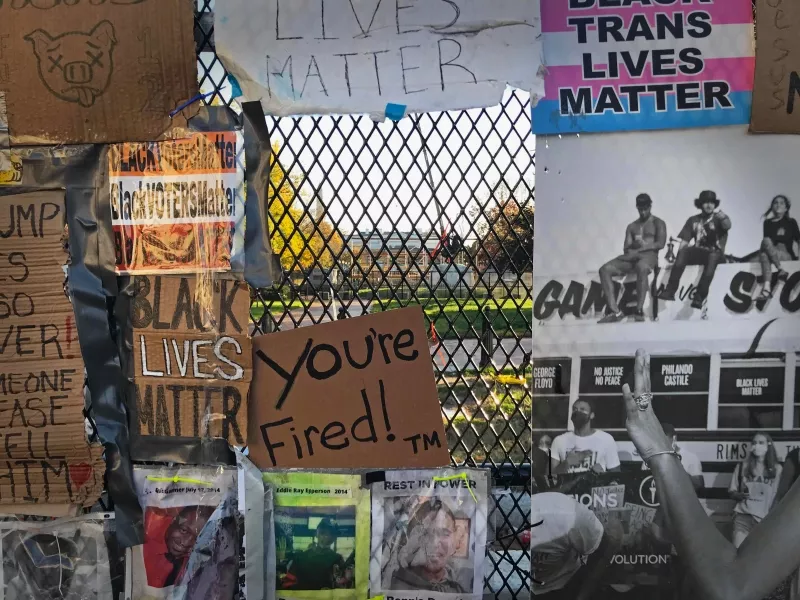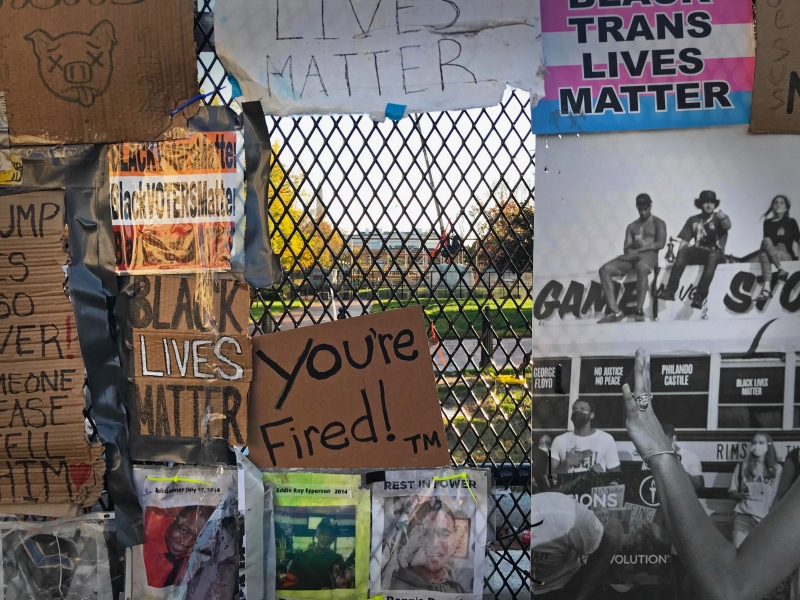I still remember the moment in graduate school when I realized how necessary it was to read Wordsworth’s Prelude through gender and sexuality, since in a fundamental way the poem is about what it means to become a man. I would venture for many the force of that encounter today comes from considering a particular reiteration of that question, how much the Prelude is about what it means to be a White man. And consequently, what it means to be neither White nor a man. Being neither, or being perceived as neither—for many, that is not simply the place where the literary dwells, but the social, political, and existential too.
In my case the most immediate context for this predicament has been the surge in violent attacks against Asian Americans this past year. A number of commentators responding to those attacks have done a good job of making explicit the ties between race and sexuality that underlie aggression against members of the Asian community in this country, a junction the shootings in Atlanta recently crystallized. The inability of the Georgia police captain to make that connection—not believing the shootings constituted a hate crime but conveying instead the suspect’s understanding that his actions were an attempt to deal with his sexual addiction—provided critics with the chance to rebut that view by pointing out how there are many in American society who don’t have the luxury of separating the racism and misogyny invading their lives: young Asian American women whose bullying and harassment are always expressed in racist terms as well as Asian sex workers materially vulnerable to the demands of their customers, exploitation by their employers, and vagaries of their immigration status. The hyper-sexualization of Asian women in society, a predicament that for many makes all Asian women a caricatured fantasy of the sex-worker in the male imagination, is enabled by a racializing imperative underwriting the numerous aggressions, both micro and macro, that Asian American women endure.
There is another dimension to this dynamic that also helps explain the uptick in attacks this year, and how, young women aside, the preponderance of victims have been elderly Asians, both men and women. Other reasons have been widely discussed, such as the racist language of Trump and other Republicans, who by labeling Covid-19 the Wuhan Flu or the China virus attached it to the bodies of Asian Americans, tapping into a history of the “Yellow Peril,” of anti-immigrant paranoia that imagines Asians as indistinct members of an invasive, infectious, and belligerent force. With the psychic strain of over a year of the pandemic, it’s no surprise that anger toward Asian communities should rise and take the pathological form of physical and verbal attacks. And the targeting of elderly and young women would seem to confirm the very nature of this racist hostility as bullying and cowardly, choosing victims thought least able to defend themselves. A number of the recorded attacks are as abrupt as they are vicious and cruel, a push to the sidewalk or a punch in the face, the perpetrator walking quickly away out of the camera’s view.
These connections all seem right to me. I want simply to add another, one presaged by my initial reference to Wordsworth and known all too well in Asian American literature and critical thought: that within this country Asia and the Asian American are neither White nor male. However individual Asian Americans might identify themselves there is always a bar, materially and structurally overdetermined, that prevents entrance to the domain of masculine subjectivity. (Of course, Asian American covers the diverse experience of a number of people and ethnic groups, something activists knowingly deployed when they coined the term in the sixties and which we need to be reminded of given its current reification. But that fact and the barring from Western masculinity I’m describing both simply speak to Laclau and Mouffe’s point about how much identity is not about essence or shared experience but shared restriction; I and others are defined by what constrains us.) Asian American men are not men, which means they either are sexually neutered or racially inscribed by the “feminine” traits of passivity, submissiveness, docility, and meekness—the loss of agency that constitutes someone as an individual who can be victimized with impunity. And elderly and young female Asian Americans, as those beings who supposedly express those traits in a hyper-manner, become the representatives for a whole community of racialized subjects defined by a non-Whiteness that is definitively non-masculine.
We are witnessing a time of self-perpetuating logic, seeded by a politics of racialized scapegoating perfected by the past administration and its boosters on the right. In such a toxic landscape, where punishing the scapegoat becomes an episodic, reflexive expression of the free-form anger of daily life, little wonder that the target is a race of people defined by their supposed lack of agency and resistance, and that its most exposed members are especially at risk as emblems of that racialized and sexualized vulnerability. Beyond whatever end such attacks seek to accomplish (stamping out the virus or giving the model minority their comeuppance), the attack itself is its own achievement, one to be repeated again and again. Lash out at someone different (neither White nor male) and lash out at someone who is there to be attacked (neither White nor male.) Hence the especially unnerving nature of assaults that in many cases seem so random and spontaneous. In a time when so many openly lobby for vindictiveness as a virtue, with Blake’s jealous Father of Men as their avatar, the everyday violence against Asian Americans becomes figuratively and literally the violence of the everyday, as spontaneous as it is omnipresent.
Of course, the attackers’ cruel delight also manifests a selfish fear, an attempt to erase the mirroring threat of a perceived lack, something missing without which a jealous Father could never exist. Recognizing the smallness of those carrying out these acts, however, offers little comfort to those suffering the pain of an attack or waiting for the next one to happen.
What then is to be done? Aside from supporting the practical demands activists and others are currently making, I would say we must recognize that, given the geo-political realities of this new century, anti-Chinese and thus anti-Asian American sentiment may spike at any moment and take on a life of its own. And that this will happen either in the way I’ve described or another way Asians and Asian Americans have been sexually imagined and punished: not as the docile lotus blossom but as the devious and seductive dragon lady, to use Renee Tajima-Peña’s terms. I would also second what others have said, that the key to resistance to racial and sexual violence lies in solidarity over tribalism. For myself that task involves the quiet, difficult, and defiant work of reflecting upon the place of neither, historically and structurally, as not a limitation or disadvantage, but as a strength and a resource. Not as a fetish or an oppression or an occasion to mourn. Not simply a place either, but the point of an intervention, from which the impetus of a politics might follow. Rephrasing Žižek: neither, yes, please.


